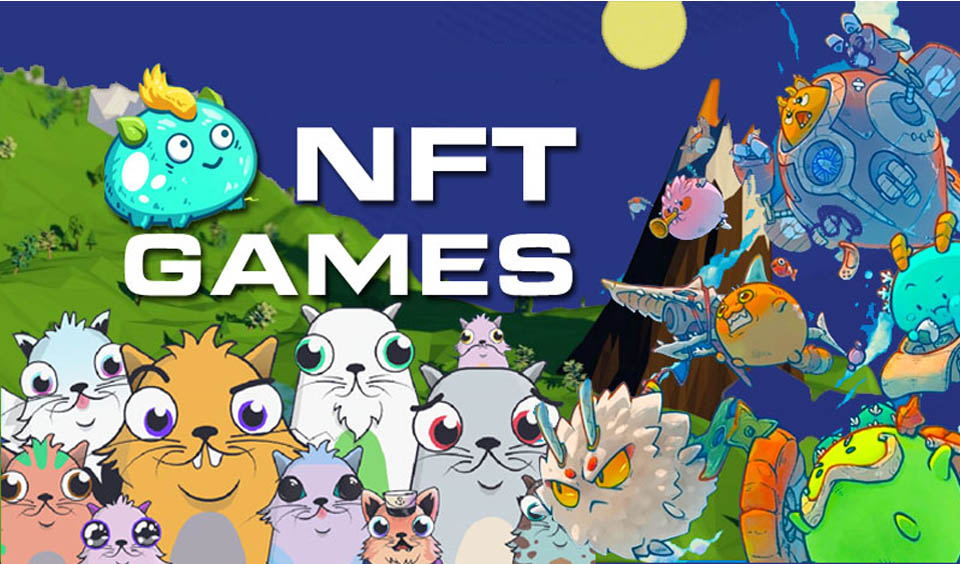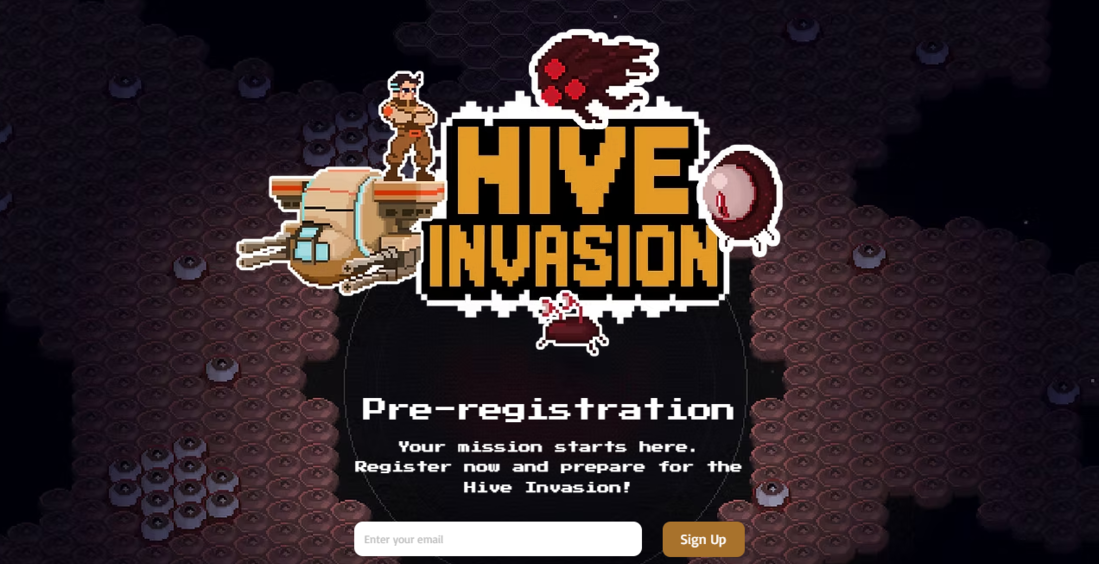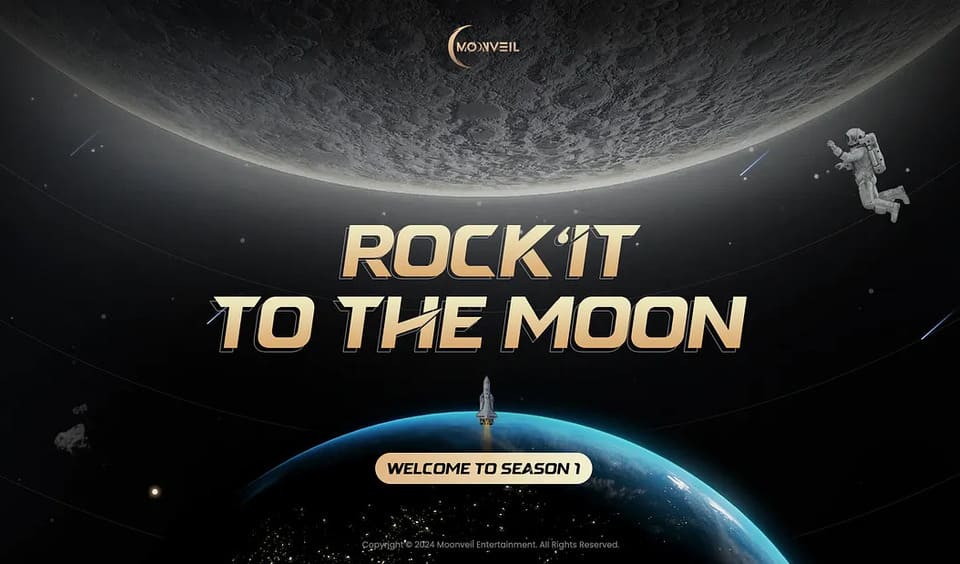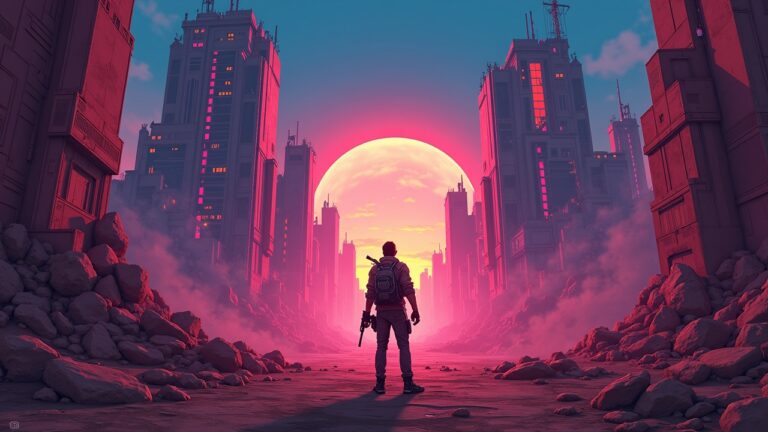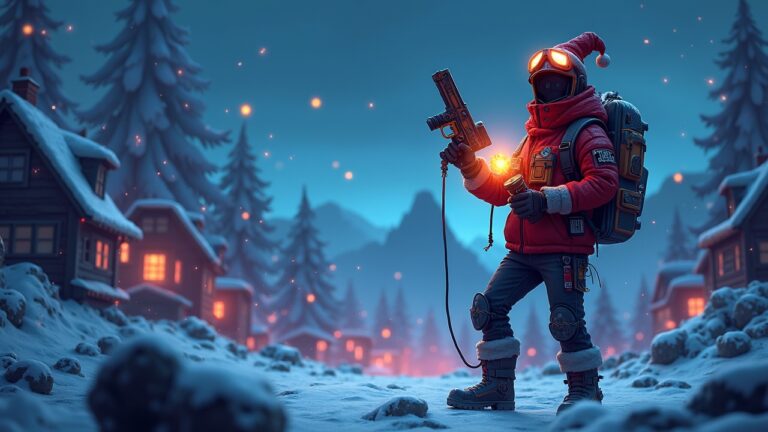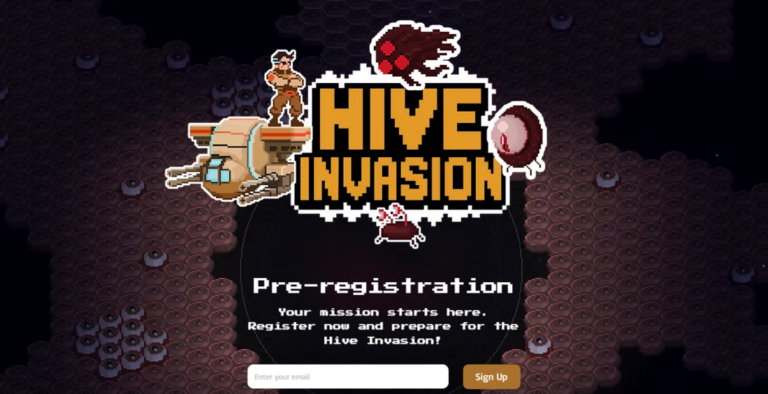The growth of NFTs and play-to-earn gaming has been mind-blowing. However, this growth is just the tip of the iceberg. NFT and P2E will enjoy even more growth. The play-to-earn gaming industry, with its economies, will dominate the metaverse and also significantly impact the physical world.
Gamers will become active players in the ecosystem. According to statistics, NFT-based games are the driver of the 25% growth experienced in the blockchain industry during the third quarter of 2021.
Alien Worlds, Axie Infinity, and CryptoBlades on Wax blockchain, Roin sidechain, and Binance Smart Chain respectively are top on the list of contributors to this growth. According to reports, blockchain gaming has increased by about 140% within the last few months.
What does this mean? Users that buy into the P2E gaming industry can secure a spot for themselves in this fast-growing industry.

Play-to-Earn and NFT-based Gaming Mechanism Responsible for the Growth
The gaming mechanism in the play-to-earn and NFT-based games is undoubtedly responsible for the huge growth experienced so far in the industry. The traditional gaming system takes money from players with the promise of entertainment.
Play-to-earn, on the other hand, allows players to make money while getting entertained. Thanks to its mechanism of operation, the industry already set itself up for the astronomical growth it is currently experiencing.
The best part is that the industry is still in its early formation days. In the nearest future, the growth will be massive. It will no longer matter which blockchain a gaming project is launched. Its economy will become decentralized across different networks.
Additionally, with better, cheaper, and faster transaction processes, users will enjoy a more improved gaming experience, irrespective of the blockchain hosting the game. All that will matter is choosing an innovative and fun game to enjoy and earn money.

The Ruckus about the Environment Impacts of NFTs
It has become common knowledge that proof-of-work networks, such as Bitcoin and Ethereum use up a lot of energy. This makes transactions on them quite expensive. Additionally, the carbon footprint left by these networks has a major impact on the environment.
However, the truth is that not every NFT is on Ethereum. Not only that, it is not all NFTs that switch owners five times a week. There are alternative blockchain technologies, such as Wax, IoTex, and Polygon that offer less polluting and by extension, faster and cheaper solutions for the transference of value from one wallet to another.
It is not surprising therefore that most of the successful P2E gaming is not built on Ethereum. The likes of Polygon and IoTex enable users to sell, transfer, or claim NFTs or tokens smoothly and speedily, and they do this at a fraction of the costs.
These blockchain solutions also do not have any negative effect on the ozone layer. So, when people claim that all NFTs are artwork and that they pollute our planet, the assumption is often based on misinformation. NFTs make digital proof-of-ownership real.
There is now an ecosystem that offers gamers true ownership of digital assets – game assets and in-game currencies. This ownership means that these digital assets are marked as unique with an on-chain token number and limited in supply. It also means that the owners of these tokens are free to own and managed their bought assets.
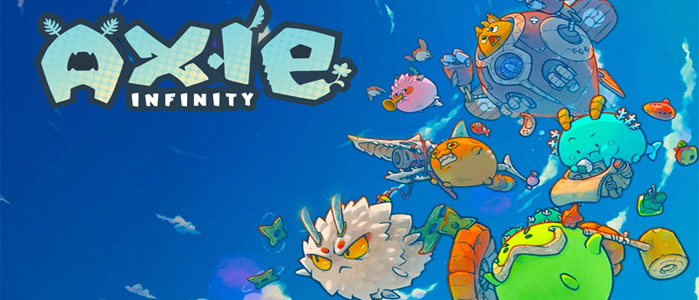
How Every Stakeholder in Play-to-earn and NFTs Industry Adds Value
The NFT-based play-to-earn ecosystem allows users to own and manage their digital assets. Games like Alien Worlds and Axie Infinity require that gamers buy NFTs and use it to earn tokens. These earned tokens are then used to improve the value of their NFTs.
Now, the value of the value will largely depend on the functionality of the tokens and the market. Unlike traditional gaming where game assets remain in-app, NFT gaming gives holders the freedom to own and store their tokens on the blockchain where they can be used across platforms.
That means the functionality of the tokens extends beyond the reach of the developers. With this ownership comes the desire to hold and acquire more tokens. This desire will continue to drive the growth of the NFTs and play-to-earn gaming industry.

